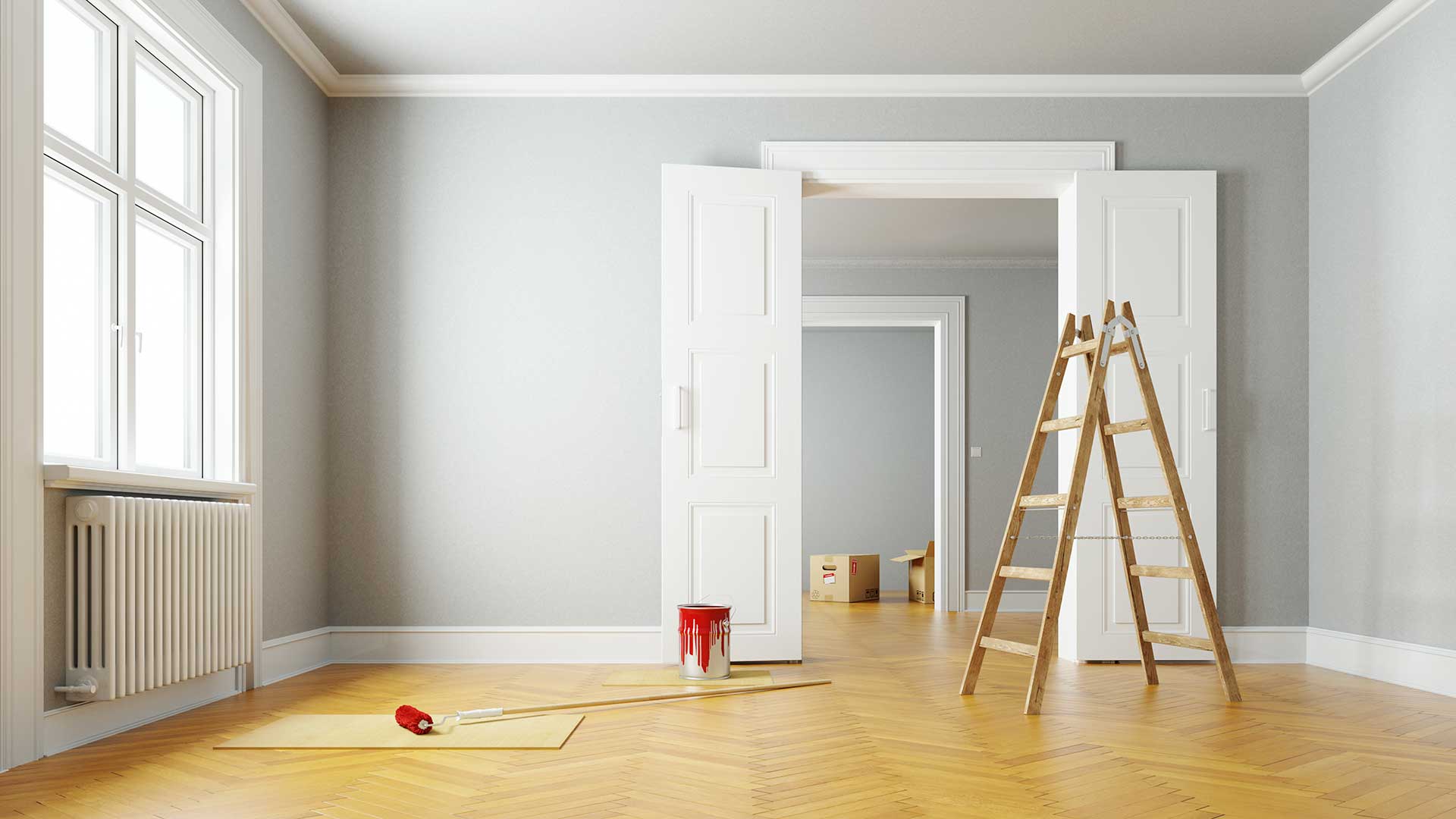get the right painting contractor is an essential step in transforming your home, whether you're renewing the inside or improving your property's curb appeal. With so many choices available, it’s important to ask the appropriate questions before making a decision. This not only guarantees you choose a qualified professional but also assists you comprehend their processes and secure a successful painting project.
In this article, we will review the best questions to ask your prospective painting contractor. From understanding their expertise and methods to discussing budgeting and timelines, having these discussions will equip you as a homeowner and set the foundation for a smooth painting experience. By being informed, you can enjoy the advantages of a well-executed paint job that enhances your home's beauty and value.
Key Questions for Hiring a Painter
While choosing a painting contractor, it's crucial to inquire about their experience and skills. Request how long they have been involved and ask for references from previous clients. This will offer you a view into their trustworthiness and standard of work. Additionally, knowing if https://yamcode.com/ specialize in interior or outdoor painting can assist you determine if they are the right fit for your project.
Be sure to discuss the type of paint they recommend and their technique to preparation. A skilled painter should be able to clarify the distinctions between oil-based and water-based paints, as plus the various finishes available. Ask about sustainable paint options, notably if environmental impact is a concern for your project. Understanding their preferred techniques for both interior and exterior surface work will give you confidence in their capabilities.
In conclusion, confirm the schedule and budget for your painting project. Seek a comprehensive estimate that details the prices of supplies and labor. It’s also important to confirm their schedule and how they organize their schedule. Discussing payment terms and any guarantee on their work can provide additional assurance you are making an informed decision when choosing a painting contractor.
Grasping Paint and Approaches
Picking the right type of paint can substantially impact the outcome of your project. There are generally a couple of types of paint: solvent-based and water-based. Oil paints are known for their durability and are frequently used for zones that require a tougher finish, such as baseboards and cupboards. However, they take longer to cure and can have strong odors. Aqueous paints, on the contrarily, dry quickly, have minimal VOC emissions, and are easier to clean up, making them ideal for the majority of interior partitions.
Moreover, knowing the different types of paint finishes is crucial when selecting paint for your home. The texture determines not only the look but also the practicality of the paint in various rooms. Dull finishes are perfect for lightly-used areas, while satin finishes are better suited for living rooms and hallways due to their slight sheen, which makes them simpler to maintain. Gloss and half-gloss finishes are perfect for frequently-used areas and locations that need to withstand abuse, such as kitchens and restrooms.
Ultimately, the approach used for painting paint can substantially alter the final outcome. Spray painting provides a even coat but needs experience and careful handling due to overspread. Rolling is a classic method that is effective for extensive surfaces, while brushing allows for detail in limited areas and fine work. Each approach has its own set of benefits and challenges, and knowing these will enable you or your contractor to reach the best finish achievable for your decorating endeavor.
Preparation and Maintenance Advice
Before commencing any painting project, efficient preparation is essential for achieving a flawless and lasting finish. Start by clearing the area of items and covering floors with drop cloths to protect them from spills and splashes. Inspect walls for imperfections, and repair any cracks or holes with filler or suitable compound. Washing the surface is also essential; dust and grime can impede paint adhesion, so wash the surfaces with mild detergent and let them dry completely before applying paint.
Once your areas are prepared, think about the significance of selecting the appropriate paint and tools. For busy areas, choose long-lasting paint that can withstand wear and tear, while also factoring in the finish that will most suit the room's function. Whether you select a matte, satin, or glossy finish will significantly influence not just the appearance but also the durability of the paint job. Additionally, spending in quality brushes and rollers can create a significant impact in the application process, ensuring an even coat and reducing visible roller marks.
After the paint has dried, proper maintenance will keep your home looking fresh for an extended period. Regularly check for signs of damage and deterioration, particularly in high-traffic areas, and clean walls gently as needed to eliminate marks. As planning to repaint, think about how often your home faces severe weather conditions, as this can affect the external paint’s durability. Developing a maintenance schedule allows you to address minor problems before they require major repairs, making sure your painted surfaces stay bright and appealing.

